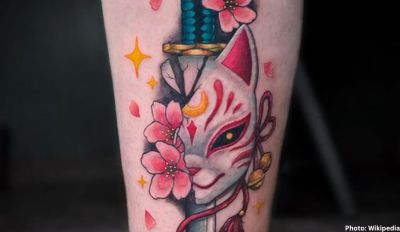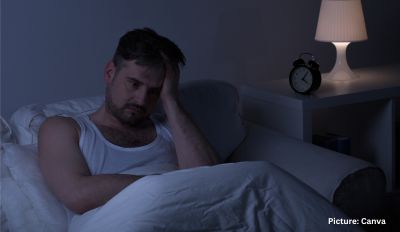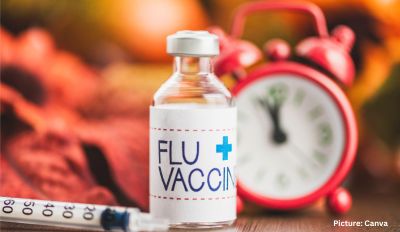Officials in New York City have declared a public health emergency due to the spread of the monkeypox virus Saturday, calling the city “the epicenter” of the outbreak.
The announcement Saturday by Mayor Eric Adams and health Commissioner Ashwin Vasan said as many as 150,000 city residents could be at risk of infection. The declaration will allow officials to issue emergency orders under the city health code and amend code provisions to implement measures to help slow the spread.
In the last two days, New York Gov. Kathy Hochul declared a state disaster emergency declaration and the state health department called monkeypox an “imminent threat to public health.”
New York had recorded 1,345 cases as of Friday, according to data compiled by the Centers for Disease Control and Prevention. California had the second-most, with 799.
“We will continue to work with our federal partners to secure more doses as soon as they become available,” Adams and Vasan said in the statement. “This outbreak must be met with urgency, action, and resources, both nationally and globally, and this declaration of a public health emergency reflects the seriousness of the moment.”
The World Health Organization declared monkeypox a global health emergency on July 23 and San Francisco’s mayor on Thursday announced a state of emergency over the growing number of cases. The once-rare disease has been established in parts of central and west Africa for decades but was not known to spark large outbreaks beyond the continent or to spread widely among people until May, when authorities detected dozens of epidemics in Europe, North America and elsewhere.
To date, there have been more than 22,000 monkeypox cases reported in nearly 80 countries since May, with about 75 suspected deaths in Africa, mostly in Nigeria and Congo. On Friday, Brazil and Spain reported deaths linked to monkeypox, the first reported outside Africa. Spain reported a second monkeypox death Saturday.
The virus spreads through prolonged and close skin-to-skin contact as well as sharing bedding, towels and clothing. In Europe and North America, it has spread primarily among men who have sex with men, though health officials emphasize that the virus can infect anyone.
The type of monkeypox virus identified in this outbreak is rarely fatal, and people usually recover within weeks. But the lesions and blisters caused by the virus are painful.
A “slow and bureaucratic” response that has led to monkeypox spreading rapidly across the US – with more than 1,000 cases in New York City alone – reveals just how badly battered local health agencies have been since the pandemic, advocates have said.
Once a rare African virus, monkeypox has taken hold across the ragged patchwork of city, county, state and federal agencies that make up the US public health infrastructure.
David Harvey, the executive director of the National Coalition of STD Directors, said: “Unfortunately, delayed actions mean monkeypox has spread within the gay community and among other men who have sex with men.
“This outbreak has grown to be a public health crisis in America. We are still in a very chaotic situation at the state and local level with an organized response.”
What’s behind the chaos? Many observers point to how Covid-19 reshaped the landscape for public health officials. Once considered neutral arbiters of information, many health officials were politically attacked following mask and vaccination policies.
What else is contributing to the delays? The situation was not helped as resources that had once been devoted to programs, including tracking communicable diseases, such as tuberculosis, and running routine vaccination clinics, were suddenly diverted to Covid. (With Inputs From AP)











